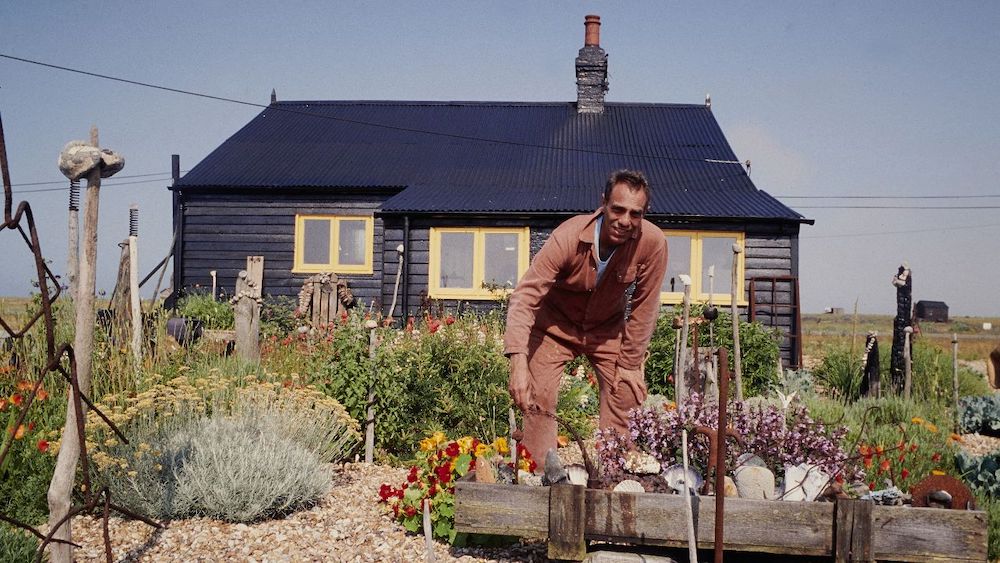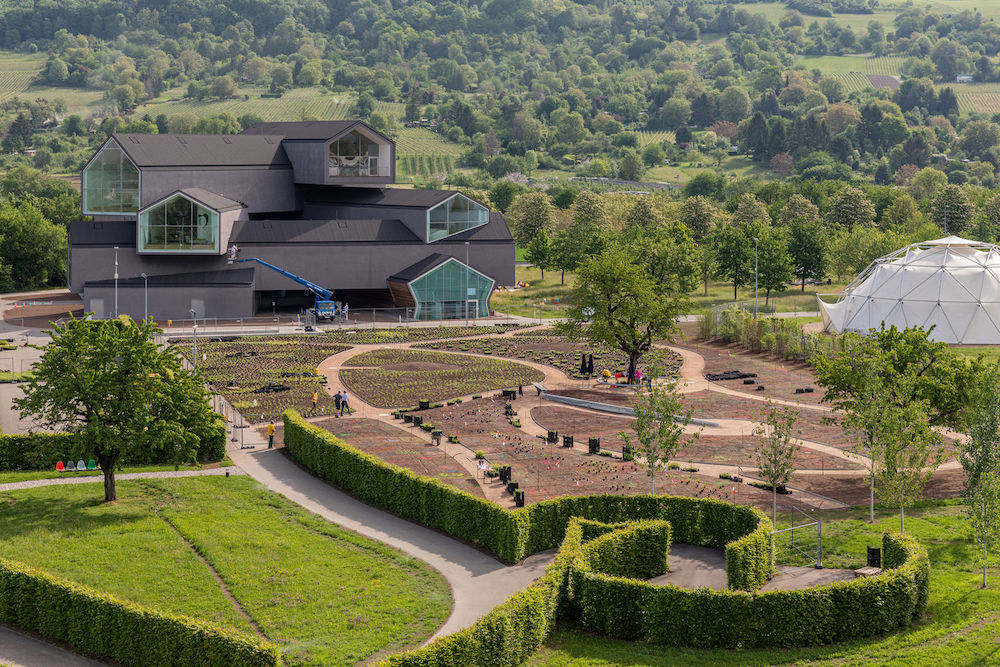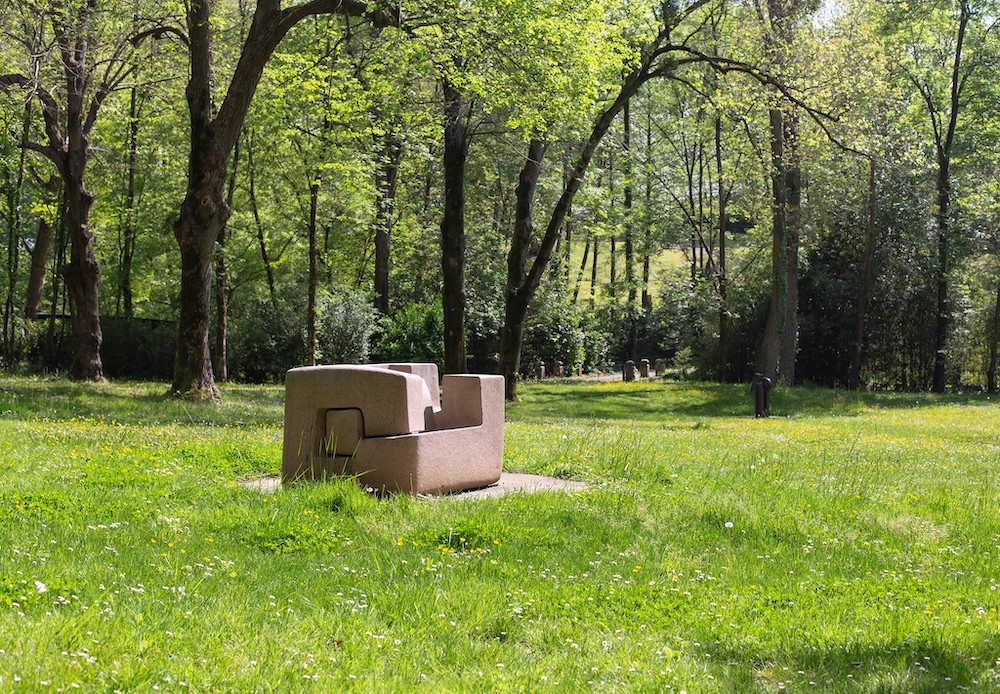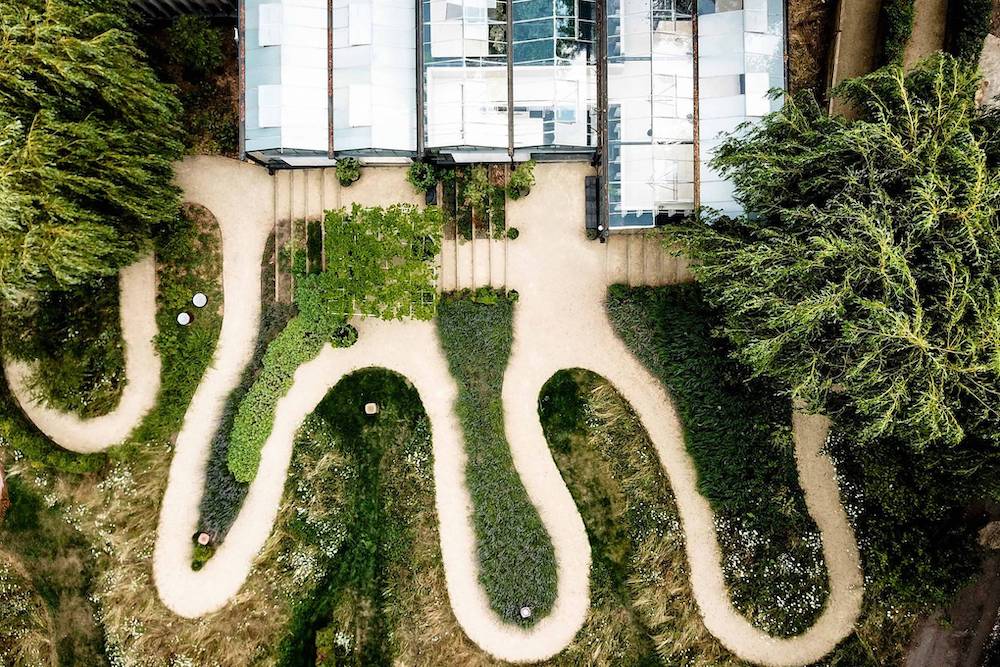A return to the gardens
ho
They relate to art, design, architecture, history and the well-being of the planet and our minds. Let’s go back to them and reclaim them!

Among the positive changes of habits generated by the global health emergency caused by Covid-19, we have recently talked about the boom in the use of bicycles, a renewed appreciation of the domestic space and a thriving market for designs that help us reconnect with nature. Another great rediscovery has been parks and public gardens.
In some countries, the use of these spaces – with safety measures in place – has been considered essential and allowed throughout the lockdown. In others, such as Spain, it was prohibited until after the peak of infections. In both cases, however, once permitted, and given the limitations on other activities beyond the essential, walks in natural areas and outdoor sports have increased considerably. Many who had long lost the interest, time or desire for these types of activities have realised what they had been missing!
At FAD, we want to celebrate this return and the renewed appreciation of parks and gardens, due to their close links to art, design and architecture and their benefits on our health. We are doing this by highlighting five gardens of very different types that have been in the news recently.

Derek Jarman’s Prospect Cottage, or Artist Gardens
Gardens have been an object of study, inspiration, obsession and refuge for countless artists and, in some cases, they are preserved as one more aspect of their work. The most famous of them is Monet’s garden in Giverny, but there are many around the world and especially in England, a country with a big gardening tradition. Little Sparta by Ian Hamilton Finlay, Charleston by Vanessa Bell and Duncan Grant and Prospect Cottage by Derek Jarman are some examples.
The garden of the artist Derek Jarman in Dungeness, in the south-east of England, is our first stop on this walk across various gardens around the world. It came under threat of disappearance with the death in 2018 of Keith Collins, his life partner, to whom Jarman had bequeathed his home when he died of AIDS in 1994. In January 2020, the Art Fund, a non-profit organization for the promotion and conservation of British art, launched a crowdfunding campaign with the aim of preventing the sale of this mythical site, the subject of Jarman’s last film, The Garden, and the theme of his final book.
Thanks to the campaign, successfully financed at the height of the pandemic, the interior of the house and garden will be preserved and opened to the public for visits, and a permanent public program will be organized. On the success of the campaign, Stephen Deuchar, director of the Art Fund noted: “Securing the future of Prospect Cottage may seem a minor thing by comparison with the global epidemic crisis which has recently enveloped all our lives, but Derek Jarman’s final years at the cottage were an inspiring example of human optimism, creativity and fortitude battling against the ravages of illness, and in that context, the success of this campaign seems all the more apposite and right for its time.”
Derek Jarman is primarily known as an artist and filmmaker, but he was also an actor, costume and set designer, poet, writer, and gay rights’ activist. Jarman bought Prospect Cottage, a small fisherman’s house facing a shingle beach, in 1986, when he was diagnosed with AIDS, and began to cultivate an unusual open garden, without any fences, that mixes with, nurtures and resists the particular landscape surrounding the place. Genuine, like the artist, Prospect Cottage is yet another example of his boundless creativity and his valiant fight against the elements.
Collective bailouts like that of Jarman’s garden, made possible with donations from more than 40 countries around the world, with private and public participation, remind us of the importance of studying, rescuing and conserving the natural heritage.

Doctor Pla and Armengol Gardens in Guinardó, or public gardens
These gardens are a renovation work shortlisted in the City and Landscape category of the 2020 edition of the FAD Architecture Awards. They opened to the public in December 2019, and belonged to the Ravetllat-Pla private estate, a Neoclassical style mansion built by the nineteenth-century architect Adolf Florensa Ferrer in the 1930s in the Guinardó neighbourhood of Barcelona.
Initially a private space, like Derek Jarman’s house, its purchase, renovation and opening to the city by the Barcelona City Council is part of a project that aims to expand and connect the natural spaces between sea and mountain in the city, thus facilitating the movement of flora and fauna between the Ciutadella Park and the Collserola Natural Park. With these gardens, Barcelona gains a new and necessary green island. The product of a hard-fought community campaign, it includes kitchen gardens, naturalized ponds, 105 newly planted trees and more than 140 different shrub species.
The new gardens occupy a surface of 3.6 hectares and are divided into three spaces. On the one hand, there is the Noucentista garden, where the historical and artistic heritage has been recovered and assets such as the fountain of Venus de Fréjus (the work of the estate’s architect) have been restored. On the other hand, there are the old stables, redesigned with some seating areas, a green square, a children’s play area and a panoramic viewing deck overlooking Barcelona. And, finally, there is the southeast space of the gardens, a restricted area where new urban gardens are located and spaces are integrated for the promotion of biodiversity, as well as educational tours. At the same time, a total of 55 benches, 40 chairs and 16 concrete stones have been installed to sit or lie down in the undergrowth and four new access doors to the park have been placed to keep the park closed at night. The Ramon Pla Foundation, linked to the history of the estate and with an extensive collection of furniture, sculpture, painting and silverware, manages the Noucentista palace, which can be visited free of charge.
In cities as dense and bereft of green spaces as Barcelona, turning private gardens into public ones is a sustainable option that has had beneficial results. Another good example of this is the Tamarita Gardens, in the Sant Gervasi neighbourhood, designed with great sensitivity and elegance by Nicolau Maria Rubió i Tudurí, the architect, urban planner and writer who designed some of the most outstanding gardens in Barcelona, such as the Gardens of the Plaza de la Sagrada Familia and Plaza de Gaudí, those of the Palau de Pedralbes or those of Turó Park, among others.

Piet Oudolf’s Vitra Garden, a designer’s garden
A new garden is taking shape in front of the VitraHaus, on the Vitra Campus in Weil am Rhein, Germany. It is the work of the most celebrated garden designer of the moment, Piet Oudolf, known for his wild and spontaneous compositions of perennial and herbaceous plants that have earned him commissions around the world, including New York’s Highline landscaping, or the gardens of the Hauser and Wirth contemporary art gallery in Somerset, England.
As he explains in a recent interview on Vitra’s website, the garden has several areas, each offering a different sensual experience and is partly motivated by the idea that people get lost in the garden instead of following a one-way path. With this aim, he has developed a system of small paths, without straight lines or a central point at the end. In this way, turning a corner creates a different perspective and the possibility of making decisions.
It is not surprising that Vitra has entrusted the design of its garden to Oudolf. Although drawing on the influence of the experiments of landscapers such as Mien Ruys and Karl Foster from the early 20th century, Oudolf has become the leader of a movement that has radically changed the way of conceiving gardens. He has introduced herbaceous and compound meadows for perennials chosen for the rhythm they create throughout the seasons, for their naturalistic look and for their ability to attract wildlife.
His landscaping of New York’s Highline, admired around the world, has become a model highly imitated in contemporary gardening: currently, the Camden Highline is being developed in London, with the same basic idea, to convert a piece of inactive train line into an elevated park with a wild and naturalistic aspect.

Chillida Leku, or the garden as an exhibition space
The Highline is a contemporary garden that is also used as an outdoor exhibition space. One of the most beautiful examples of gardens aiming to showcase art outdoors is the Chillida Leku Museum, in Spain, designed by the sculptor Eduardo Chillida to house his work: “One day I dreamed of a utopia: finding a space where my sculptures could rest and people could walk between them as if through a forest.” As well as an exhibition space, Chillida Leku is also an artist’s garden. The works are arranged to be in dialogue with nature but also between themselves, and the whole garden is conceived as a work of art in itself.
On April 17, 2019, after having been closed for almost ten years due to the economic crisis, Chillida-Leku reopened thanks to an agreement between the sculptor’s family and the Swiss gallery Hauser & Wirth. Although the gardens closed during the state of alarm, on June 20 they were able to reopen.
Other celebrated sculpture gardens are the Yorkshire Sculpture Park, the largest in Europe, in England, and the Hakone Open Air Museum, the first open-air museum in Japan, which celebrated its 50th-anniversary last year. In Catalonia, however, similar spaces are lacking. The Miró Foundation in Montjuïc has the Cypress Garden, designed by Jean-Claude Nicolas Forestier and integrated into its design of the Montjuïc park, but more than a space to exhibit art, this garden is a space to absorb the intrinsic art in nature, which is also very necessary. This relationship between nature and art suggests that more spaces are needed to invite people to relate them.

OmVed Gardens, or the garden as a place for learning and culinary activism
Michelle Obama turned a part of the White House gardens into a kitchen garden/learning space to supply the presidential family and their guests with fresh produce and, in parallel, to engage with children around the country and enable them to discover the origin of food, the growing cycles and the importance of a healthy and organic diet. The act of growing plants and vegetables not only produces oxygen, but also purifies the air, preserves bees and all the wildlife that depends on them, and offers spaces that are pleasant to the senses. It is also the source of our food, and as such, we must give it the attention it deserves. Some gardens, such as that of the White House in Obama’s time or the Doctor Pla i Armengol we mentioned before, have created or maintained horticultural areas as educational spaces for this reason. OmVed Gardens, the last garden that we want to highlight in this selection, is specifically focused on this aspect.
Located in England, specifically in North London, OmVed Gardens connects food and culinary activism with ecology and gardening, but also with art and culture. This constantly developing space includes a garden with an orchard and a pond, designed by Paul Gazerwitz in the style of Piet Oudolf. It also includes a multipurpose greenhouse with an open kitchen designed by HASA Architects where all kinds of events and exhibitions are organized around the sustainable development goals and in collaboration with the United Nations World Food Program and Chef’s Manifesto.
During the lockdown, OmVed Gardens has kept its activity open to the public through its social networks. Its objective is to reflect on food as a central point of our relationship with ourselves and the environment, and as a necessity that unifies and also divides society on a global scale.
In this inspiring space, we finish this walk across gardens that despite their differences, oxygenate the cities and our minds and reconnect us with our natural origin, from which we have become increasingly distant. Let’s go back to the gardens and claim them, let’s make any space a garden, giving back to nature a space that was her own, and, when not possible, at least, let’s create spaces as sustainable as gardens.
Text: Sol Polo